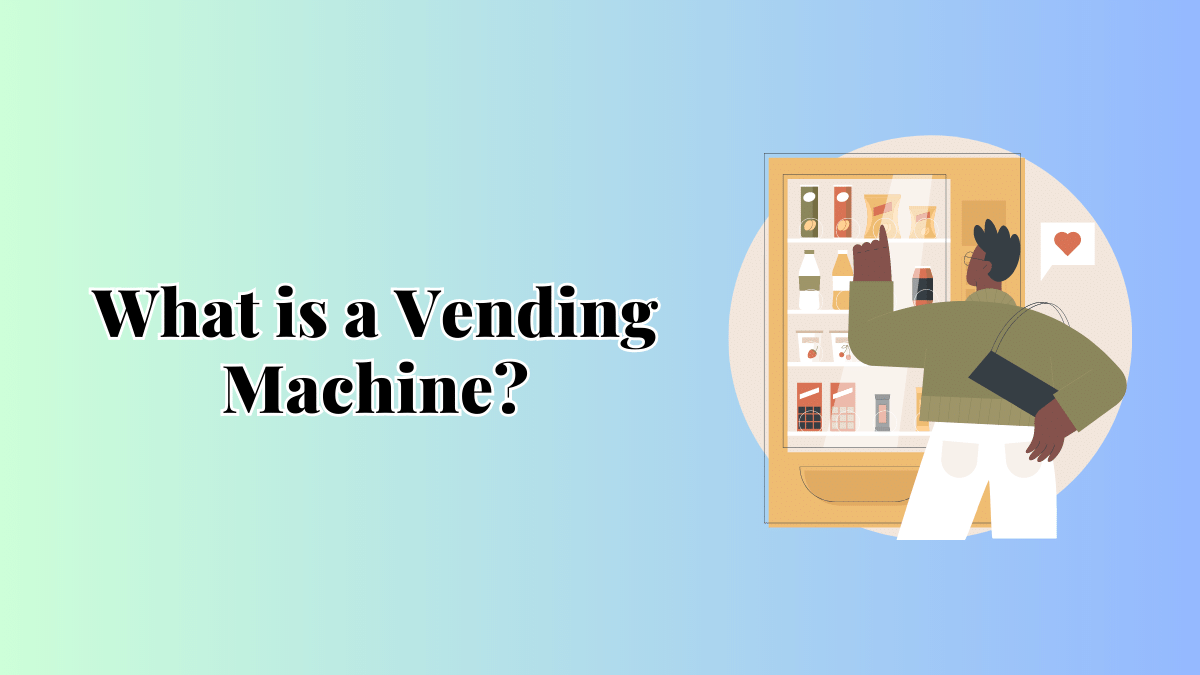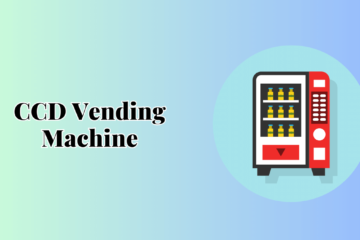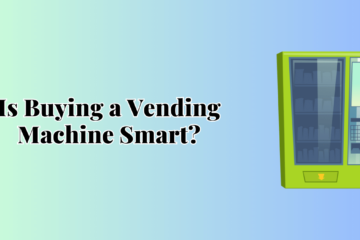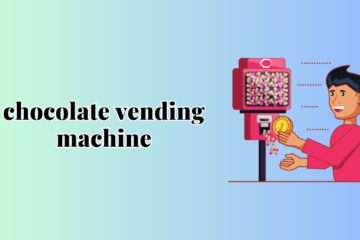Have you ever wondered what is behind those magical machines that dispense snacks, drinks, and various products with just a push of a button? Well, you are in for a treat! In this article, we will take a deep dive into the fascinating world of vending machines. From their inception to their modern-day applications, we will cover it all. So, let’s start by understanding what is a vending machine and how it has evolved over the years.
a. What is a Vending Machine?
A vending machine is an automated device that dispenses products to customers after they insert money, a credit card, or any other accepted payment method. These machines eliminate the need for human intervention and provide a convenient and quick solution for purchasing various items.
b. The History of Vending Machines:
Vending machines have a long and intriguing history that dates back to ancient times. Let’s explore the milestones that have shaped the evolution of these remarkable devices.
i. The First Vending Machines:
Ancient Greek engineer Hero of Alexandria is credited with creating the first vending machine around 215 BC. His invention, known as “Hero’s Aeolipile,” used steam to dispense holy water in temples. This groundbreaking device laid the foundation for future advancements in vending technology.
ii. 17th to 19th Century:
In the 17th century, vending machines gained popularity in England with coin-operated snuff dispensers. Later, in the early 1880s, the first commercial coin-operated vending machines were introduced in London, offering postcards and books.
iii. 20th Century:
The 20th century witnessed significant advancements in vending technology. In 1888, the Thomas Adams Gum Company introduced the first modern vending machine in the United States, selling chewing gum. As technology progressed, vending machines expanded to offer a variety of products, such as cigarettes, beverages, and even hot meals.
iv. Modern-Day Vending Machines:
Today’s vending machines are a testament to innovation and convenience. They are equipped with cutting-edge technology, including touch screens, cashless payment options, and real-time data monitoring. Modern vending machines can be found in various locations, from schools and offices to airports and shopping malls.
c. How Do Vending Machines Work?
Understanding the inner workings of a vending machine can be quite intriguing. Let’s take a look at the step-by-step process that allows these machines to deliver products effortlessly.
Step 1: Product Selection
When a customer approaches a vending machine, they can browse through the available products and make a selection using the interactive interface.
Step 2: Payment
Once the desired item is chosen, the customer can pay for it using coins, bills, credit cards, mobile payment apps, or contactless payment methods.
Step 3: Product Retrieval
After the payment is processed, the vending machine’s internal mechanisms are activated, allowing the selected product to be dispensed through a retrieval door or slot.
Step 4: Inventory Management
Modern vending machines are equipped with smart inventory management systems that monitor stock levels in real-time. When a product runs out, the machine sends an alert to the operator to restock it.
d. Types of Vending Machines:
Vending machines come in various types, each designed to cater to specific needs and industries. Let’s explore some popular types of vending machines:
1. Snack Vending Machines:
These machines are a common sight in offices, schools, and public spaces, offering a wide range of snacks, candies, and packaged foods.
2. Beverage Vending Machines:
Beverage vending machines provide a refreshing selection of drinks, including sodas, juices, water bottles, and energy drinks.
3. Coffee Vending Machines:
For coffee enthusiasts, these machines offer a variety of coffee options, from espresso and cappuccino to lattes and hot chocolate.
4. Fresh Food Vending Machines:
Ideal for quick meals on the go, fresh food vending machines offer sandwiches, salads, and other ready-to-eat items.
5. Retail Vending Machines:
Retail vending machines dispense small items like electronics, personal care products, and accessories, bringing convenience to shoppers.
e. The Future of Vending Machines:
As technology continues to advance, the future of vending machines looks incredibly promising. Several trends are shaping the direction in which these machines are evolving:
1. Cashless Payments and Mobile Integration:
With the rise of digital payment methods and mobile wallets, vending machines are becoming increasingly cashless, offering more convenience to customers.
2. Personalization and AI:
Artificial intelligence is revolutionizing the vending industry, enabling machines to analyze consumer preferences and offer personalized product recommendations.
3. Healthy and Sustainable Options:
Consumers are now more health-conscious and environmentally aware. Future vending machines are expected to offer healthier snacks and eco-friendly packaging.
4. Touchless Technology:
In response to the global pandemic, touchless interfaces and contactless payment options are becoming the norm in vending machines.
FAQs:
i. Can vending machines sell perishable items?
Yes, some modern vending machines are equipped with refrigeration systems, allowing them to sell perishable items like sandwiches and salads.
ii. Are vending machines secure?
Yes, vending machines are generally secure, and manufacturers employ various measures to prevent theft and vandalism.
iii. How often are vending machines restocked?
The frequency of restocking depends on the location and demand for products. Busy locations may require daily restocking, while less frequented areas may need restocking every few days.
iv. Can vending machines accept foreign currency?
Many modern vending machines are designed to accept various currencies, making them accessible to international customers.
v. What is the oldest vending machine still in existence?
The world’s oldest surviving vending machine is the Pompeian Weighing Machine, dating back to the first century AD. It was used to dispense holy water in temples.
vi. How can I start a vending machine business?
Starting a vending machine business involves researching the market, finding suitable locations, and securing the necessary permits and licenses. Additionally, you’ll need to invest in vending machines and stock them with popular products.
Conclusion:
Vending machines have come a long way since their ancient origins. Today, they play an essential role in our daily lives, providing convenient access to various products. From snacks and drinks to retail items, vending machines continue to evolve with technological advancements. The future holds exciting possibilities for these automated wonders, as they embrace cashless payments, AI, and sustainable practices.
So, the next time you encounter a vending machine, take a moment to appreciate the history and innovation behind this seemingly simple device.




